Drake has become one of the most iconic voices in hip-hop and pop music over the last decade. His distinct vocal style is smooth and melodic; he cuts through mixes with clarity and precision. If you’re an artist or producer looking to emulate Drake’s professional vocal sound in your music, this guide explains how to mix your vocals to achieve it.
Choose the Right Microphone
The right microphone and preamp provide the foundation for Drake’s sound. He uses a Shure SM7B or a Neumann U87 microphone during initial tracking. The U87 adds warmth while still picking up crisp high frequencies. Most of his tracks are finished using vintage tube mics such as Sony C800G.
You must have a good source to get the mix right. You get the right sound and can edit it per your requirements using the right equipment. You can add the required effects to achieve your desired sound with the richly detailed source.
The mics mentioned above can be cost-prohibitive for a home studio setup. If you can’t access an elite vintage tube mic, modern large diaphragm condensers still provide high-fidelity results.
Add Preamp Harmonics
Use saturation to replicate the subtle saturation and sheen generated by premiere preamps. Set the bias to subtly compress transients and generate second and third-order harmonics mimicking analog tube coloration. Apply make-up to gain compensation to match output levels. It generates the smooth robustness heard on Drake hits while abolishing any harshness.
The goal here is to emulate a rich preamp sound such as the 1073. Attenuate the lows and add some preamp heat to achieve a smooth sound.
Control Dynamics with Compression
Compressors allow for smooth natural gain reduction and are perfect for transparently harnessing a vocal’s dynamics. Set the peak reduction suitable for pop/hip hop styles and increase the output gain to balance levels. It mirrors the hardware’s output stage overdriving but retains the vibe. Increasing density and perceived volume helps the medium-fast attack transients shine through.
Fine-Tune Pitch
What makes Drake’s performances resonate is his sense of pitch and melody. Correct any pitch discrepancies while retaining a raw, natural feel. You can use Auto-Tune with a proper retune speed and high humanization. It applies subtle continuous pitch correction, rapidly responding to modulation. Set key and scale parameters appropriately and increase note transition response times from lows to highs.
Shape the Tone
Shape tone so that the vocal frequencies do not clash with instruments. Boost using a high-passing filter to highlight the lower and the mid-range. You can apply a style EQ to give the sound some extra shape.
Use subtractive boosts to add silky top-end sheen. Then, apply gentle dips according to personal taste and instrumental arrangement. It creates a sound that is open and has a high-frequency clarity.
Control Dynamics with Multiband Compression
After correcting and tone-shaping EQ moves, you can control dynamics with multiband compression. Set the low-frequency band to prevent plosives and proximity bass buildup. The mid-band helps maintain clarity. Reduce overly sharp high-frequency for a dense sound free from harshness.
Create Depth with Delays and Reverbs
When used selectively, delays and reverbs impart the critical sense of space and depth for vocals in a mix. Simple delay throws of stereo ping-pong movement thickens the stereo field. Elongate the vocal tails without clouding details. Play around with reverb and delay mixes within the track using side-chain compression so they blend into the foreground. It helps the vocal stand out in the dense arrangement.
Eliminate Sibilance and Plosives
Two common yet distracting vocal artifacts demanding elimination are sibilance and plosives. You can control this using a high-pass sidechain input filter. Set threshold levels to pinpoint target problem sounds with at least -3db of attenuation and a medium release time. Catch them with a multi-band compressor like the C4 or dedicated plosive removal tools.
Monitor and Double-track Strategically
Another critical technique for getting that Drake-like sound involves doubling and stacking takes. Composite lead and backing vocals thicken perceived loudness and dimensions through reinforced harmonics to avoid phase cancellation and discordant tonal mismatches when configured correctly. Automate alternate layers to drop in and out across sustained notes and transitional phrases. It prevents an overly layered wall-of-sound effect.
You must master these diverse techniques to get the melodic sound for which Drake’s mixes are famous. If you want this sound in your mix with a few clicks, apply our Drake Vocal Preset. It works with your favorite DAW right out of the box. It uses stock plugins, and you do not need any workaround to get this working. So you can start mixing immediately!

